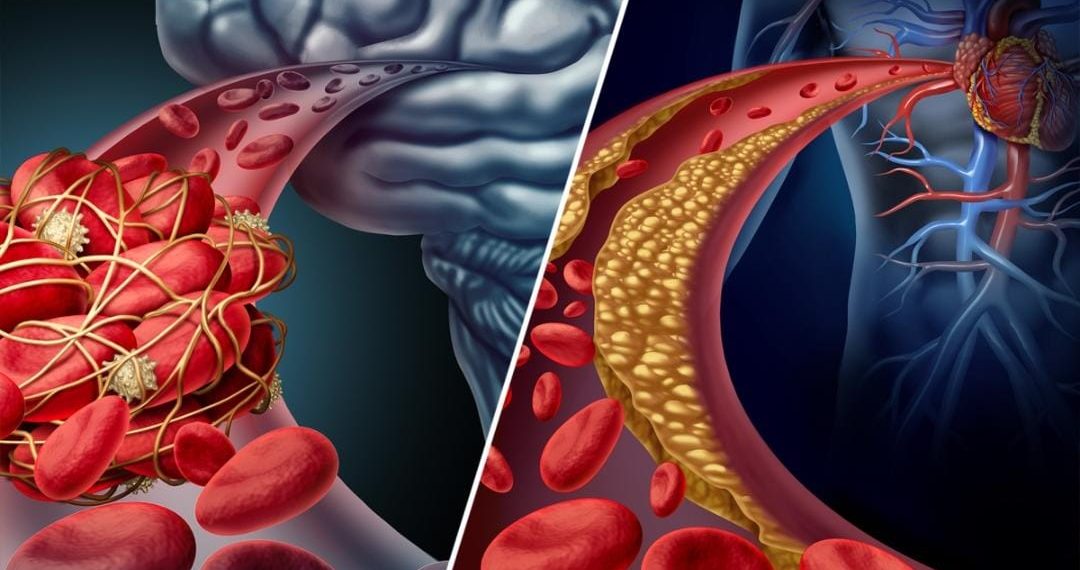Given their sudden onset and serious nature, strokes and heart attacks are often seen as one-and-the-same. However, while they are both caused by a lack of blood flow to critical body parts, there are significant differences.
Understanding these differences can be crucial in an emergency situation, ensuring that quick and effective action can be taken. In this blog post, we will look at the difference between a stroke and a heart attack.
What Is A Stroke?
The two most common types of stroke are ischemic and hemorrhagic. An ischemic stroke occurs when a blood clot in an artery within the brain cuts off circulation. A hemorrhagic stroke occurs when there is a blood vessel rupture in the brain that leaks into the surrounding tissue.
Risk Factors of Stroke
The main risk factors for a stroke include your age and family history, as well as smoking, high blood pressure, and high cholesterol. Having high blood pressure puts more strain on the walls of blood vessels. Poor circulation increases the risk of stroke.
Treatment of Stroke
With an ischemic stroke, you may receive medication to help break up the clot. With a hemorrhagic stroke, surgery can be necessary in order to repair damaged blood vessels. Healthy lifestyle changes are recommended following this initial treatment.
What Is A Heart Attack?
A heart attack is noticeable when an individual is suffering strong chest pains. It is brought on when a coronary artery becomes severely restricted due to narrowing or blockage. A buildup of cholesterol plaque can also affect circulation within the heart.
Risk Factors of A Heart Attack
The risk factors for a heart attack are largely similar to those of a stroke. Age, family history, high blood pressure, high cholesterol, and smoking are common causes of a heart attack. Diet and exercise can also contribute to a heart attack.
Treatment of A Heart Attack
In some cases, medication and lifestyle changes alone can treat a heart attack. Othertimes, bypass surgery can be necessary.
Other treatments can include coronary artery bypass grafting and angioplasty, depending on the individual case. Cardiac rehabilitation is a common follow-on treatment for those who have suffered a heart attack.
How to Prevent Strokes and Heart Attacks
This is one area where strokes and heart attacks cross over, in terms of preventative actions. Quitting smoking is a key step, as is working to lower your blood pressure and cholesterol levels.
Reducing your alcohol intake and being mindful of your weight are also important measures to take. Regular exercise and a healthy diet are key to warding off the causes of both strokes and heart attacks.
For an excellent medication to help prevent heart attacks and strokes, check out Brilinta on this page.
Know the Difference Between a Stroke and a Heart Attack
Understanding the difference between a stroke and a heart attack can be vital in those first minutes of an attack. Getting proper treatment is essential. In terms of preventative actions, lifestyle changes are key and reduce the likelihood of both strokes and heart attacks.
Like this blog post? For other informative articles, check out our other blog.


